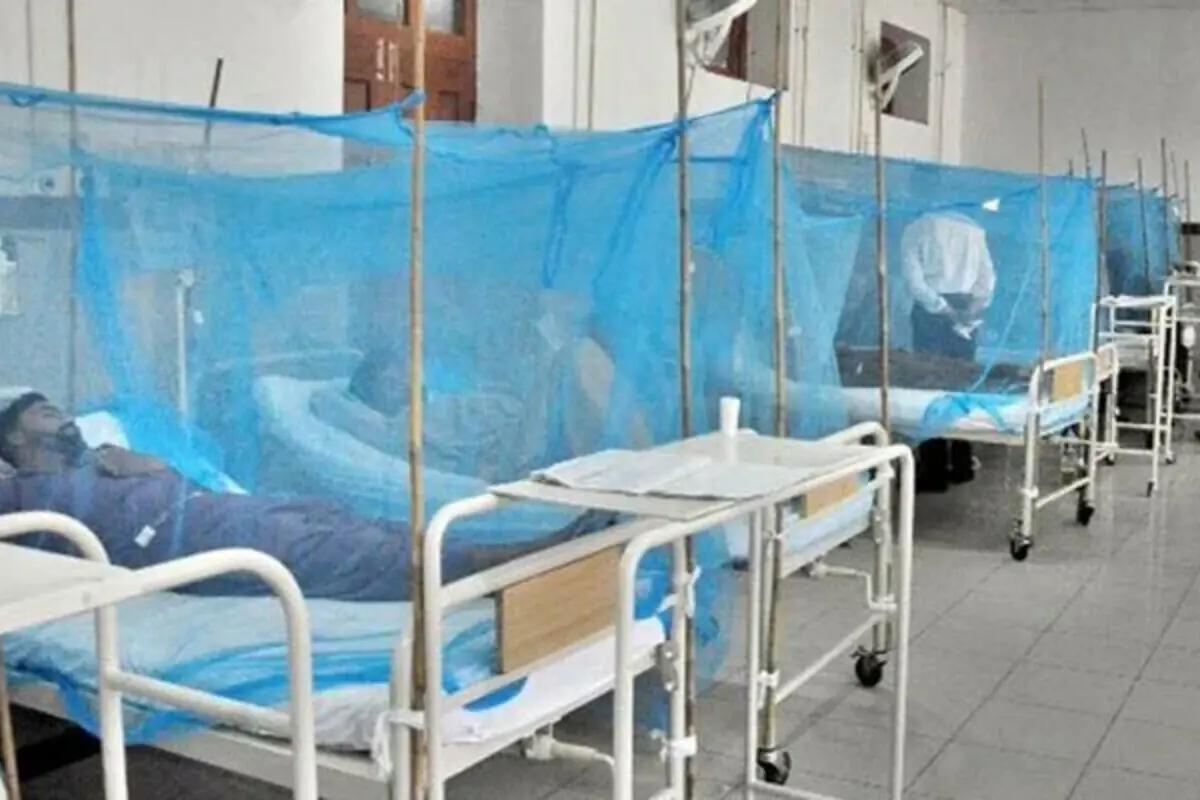A tale of two by-elections
"Sialkot district administration has joined hands with PML-N and pre-poll rigging is underway," blared a private news channel known for being pro-government.

When I saw this breaking news on the TV, I was startled. Then, when Firdous Aashiq Awan came on to the channel to confirm the news, I was astonished.
In my long journalistic career, I have not seen a representative of the government admit on television that district administration is not in their control. Who were Firdous Aashiq Awan's allegations directed at? The Chief Minister? The Chief Secretary and Secretary Interior her own government had appointed? The entire political and administrative leadership of the province? The news item made things clear even before polling had taken place. I became aware that law and order will be disrupted on the day of by-elections but even I could not have predicted that two lives would be lost to violence. I wonder who is responsible for destroying two families in the merciless game of thrones.
On polling day itself, videos surfaced on social media, showing motorcycle riders firing into the air indiscriminately in different areas of Wazirabad and Daska. Opposition was quick to allege that the miscreants were members of the ruling PTI. A few SHOs were named as being in cahoots with the miscreants. One video showed a few men firing into the air in the company of a PTI MPA, challenging their opponents.
There was more to come. When polling ended, Maryam Nawaz posted various videos on twitter, depicting alleged rigging. The bombshell clips showed opened bags full of votes. Is this the sanctity of the ballot? When PTI was in opposition, it cried afoul when ballots were torn, snatched or disappeared. What change has come about now that today they are in power?
Perhaps only this much change has materialized that they could allege 35 punctures without proof but today, there are videos of votes being stolen.
The icing on the cake arrived next morning when ECP released a letter about the situation in NA 75. Its contents are well known by now, a tale so incredulous that it is almost unbelievable. When I read the statement, I was forced to ask myself what remains to make us a complete banana republic.
If either the opposition or the government becomes this emotional about a single seat, then it is understood that they are fear something bigger. The opposition cannot do much with a seat or two but for the government, this panic denotes a deeper problem.
Whatever government ministers and representatives say on television, the situation on ground no longer suits them. Defeats in by-polls one after the other, the desperation for the federal senate seat and losing Nowshera after almost eight years of rule are no trifling inconveniences.
Nowshera was expected to be a tight race but perhaps even PML-N did not expect a win. It was confident of victory in both Daska and Wazirabad. In Balochistan, last week's by-election result was not unexpected but it did encourage PDM unlike any rally could.
Perhaps it is time for the government to assess how popular it is among the voters. If they acknowledge their waning support then their panic is not without reason. PDM has indeed achieved one of its targets.
Recent developments are cause for plenty of concern for everyone. Violence in elections is not a new phenomenon but the intensity of this week's polls are reason to be afraid of what the future will bring.
If the ruling elite does not reject such extremes and refuses to listen to each other, then instability cannot be avoided.

















